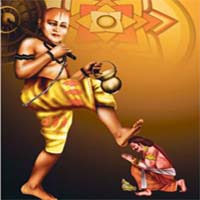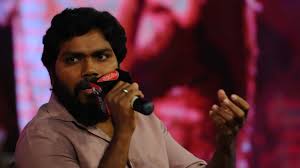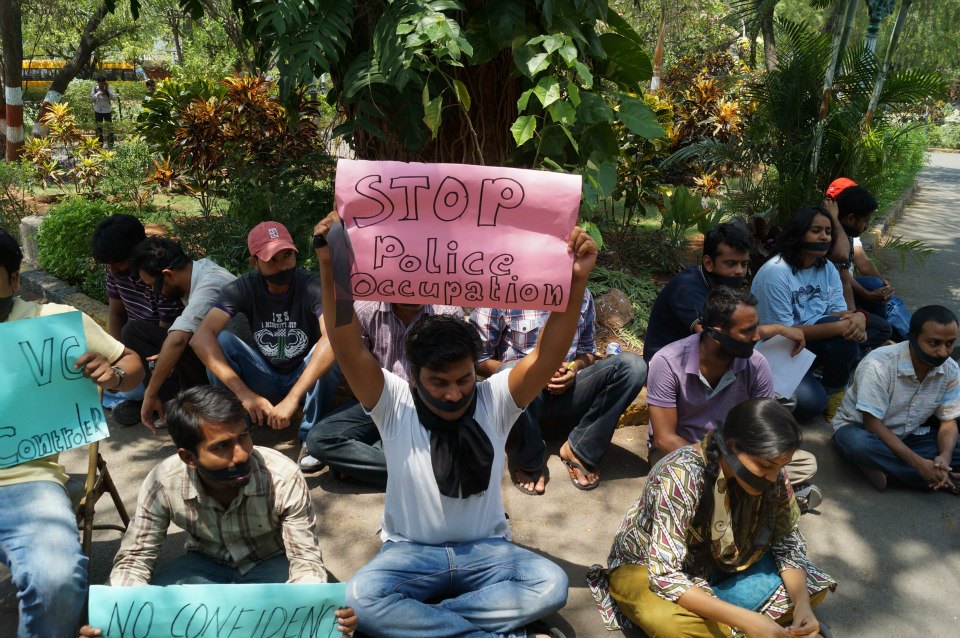James Michael
(For Dalit Camera: Through Un-Touchable Eyes)

Onam is the only national festival of Kerala that has assumed a universal secular character. Other popular festivals like Christmas or Bakrid are closely identified with particular religions like Christianity and Islam. Although many Keralities participate in non-Hindu festivals, Onam assumes its certain universality in terms of its close identification with the ‘essence’ of Kerala. Onam celebrates the return of the mythical asura king Mahabali who was pushed down to the nether world by Vamana, an avatar of Lord Vishnu. Vamana, in the form of a diminutive Brahmin, asks for three paces of land to Bali and grows so huge that the king has to offer his own head for placing Vamana’s third step. Mahabali, then, is pushed down to hell from where he is granted return only once a year. It should be remembered that, before the appearance of Vamana, Kerala was seen as a land free of moral ills like lies and deceptions. Anyhow, the ‘gift of the land to Brahmin’ myth goes well with other ‘gift of the land’ myths in Kerala like the Parasurama myth. In the Parasurama myth Kerala is founded by sage Parasurama who then proceeds to gift this land to Brahmins.
{youtube}WDVKOlzSuc8{/youtube}
It is highly inaccurate to call Onam as a festival exclusive to Kerala. It is observed as Vamana Jayanthi, or the victory of Vamana, across various places in India. The relative importance of Mahabali could be a recent phenomenon—primarily as a result of increasing lower-caste assertions in Kerala. Dalits and other dispossessed groups of Kerala have, over the years, continued to express their trenchant critiques against the savarna ethos of Onam. If on the one hand the festival celebrates the ostracisation of Bali, on the other, it is marked by vegetarianism and other upper-caste cultural tropes. The myth of Bali strikes a chord with the marginalised of Kerala, who rereads Bali as a Dalit-Bahujan king who is subjugated and dispossessed of his land like them. If Mahatma Jotiba Phule used the term Dalit to denote the suppressed and broken people of his land, he also reread Bali as the king of the indigenous people who were usurped of their land by the invading Aryans. Thus Vishnu, in the form of the Brahmin Vamana, came to represent the usurper of the land of the indigenous people. Similarly, Dalits use terms like Adi Dravida, Adi Andhra, Adi Karnataka etc., across South India, to mark their indigeneity. In short, in this lower-caste appropriation of the myth the death of Bali coincides with the birth of the caste system or the emergence of all moral ills that plague the society now.
{youtube}FHqWmrscbU0{/youtube}
The Dalit Federation of Kerala, over the years, has conducted hunger strikes against the alleged cultural violence of Onam. This is also partly due to the resonances that the Onam myth has on their material lives. Thus a Syrian Christian family, which claims Brahmin status, keeps the maximum average land holding of 126 cents in Kerala. An upper-caste Hindu family, on the other hand, holds 105 cents and a Dalit family a meager 27 cents. Dalits are also relegated to colonies numbering about 13,000 in Kerala. These colony formations were the result of the skewed implementation of the celebrated land reforms policies of Kerala. The land reform and the education bills proposed by the first communist government of Kerala faced massive resistances from the entrenched Catholic Church (the poor Latin Catholics were subsumed under the over-arching term) and Nair leadership (representing ‘Hindus’) that the first government was dismissed by the central government and president’s rule was imposed on 31 July 1959. Known as the ‘liberation struggle’, this resistance ensured that the first systematic struggle against upper-caste dominance was neutered and watered-down for a conceivable future. Incidentally, it was the death of a pregnant Latin Catholic fisher woman named Flory that turned the resistance decisively in favor of the upper-caste forces. The continuing and unfinished contestations over land rights by the Dalits and Tribals of Kerala in the form of Chengara and Muthanga land struggles etc., should be understood in this light.
{youtube}hf2W_R0je4I{/youtube}
It is no accident, therefore, that Onam, until then a largely provincial festival, was elevated to the level of a national festival by the succeeding government led by Pattom A. Thanu Pillai in 1960. For Onam’s national status marked the victory of the upper-caste against the marginalized once again in the history of Kerala. Therefore, it comes as no surprise that a state known for its high levels of social development still harbors 13,687, mostly ‘Tamil’ families who depend on manual scavenging for their livelihood (TOI). These families represent everything that the state has relegated to its unconscious to construct the secular Malayali identity that Kerala is now famous for. Like Mahabali, the ‘Tamil’ Dalit scavengers visit Kerala households only once a year to clean the shit in their septic tanks, or are found cleaning municipal areas marked as ‘public’ commons, only to be relegated back to a hellish life and forgotten for most part of the year. Thus, the celebration of Onam every year marks a symbolic violence against the lives of the marginalised in India. While Onam is celebrated on the 29th of August in 2012, the birthday of Ayyankali, one of the greatest Dalit leaders of Kerala, falls on the 28th of August and remains forgotten. The insistence to continue the celebration of Onam, therefore, is an insistence to celebrate the defeat of the struggles of the untouchables and the lower-castes of our country.
~~~
James Michael (typetojames@gmail.com) for Dalit Camera: Through Un-Touchable Eyes.









